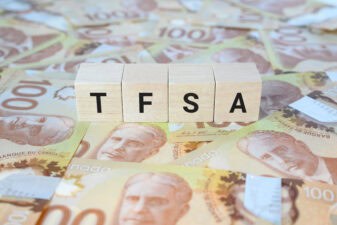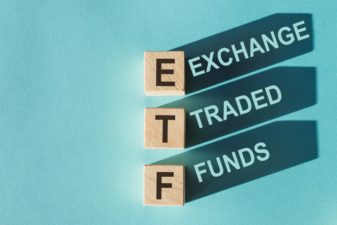With another year past, more baby boomers are nearing retirement. I suppose the majority are calculating their projected retirement incomes. It’s easier to firm up a retirement date if you have a fair estimate.
While most look forward to receiving the Canada Pension Plan (CPP), only 6% of all CCP pensioners receive the maximum payment according to Employment and Social Development Canada. On average, it represents 59% of the maximum CPP payments. Thus, the question of what is the best age to take your CPP begs an answer.
Average CPP payouts
The default or standard age to receive the retirement pension is 65. Note, however, that the maximum CPP changes every year, and so would the average. The average amount in 2019 was $679.16, while it was around $710.41 in 2020.
Payouts should be higher in 2021 because of the ongoing CPP enhancements that mandate higher contributions from users beginning January 2019. The actual pension amount due you depend on your income from age 18 to 65. Also, you must have made proper contributions in all those years.
The financial impact of take-up options
A CPP user can start payments as early as 60 or five years ahead of the standard age. However, it might not be a good idea unless you have health issues or urgent financial needs. Your pension reduces permanently by 36% if you rush to take the CPP when it becomes available.
You also have the option to skip the default age and claim your CPP at age 70. If you defer or wait five more years, you take advantage of the incentive. The pension payment will increase by 42% overall. From a cash flow perspective, 70 would be the best age to start your CPP payments.
Partial replacement of pre-retirement income
The CPP enhancements will have a material impact on pension payments in the future. When the phase-in is complete, the CPP will replace one-third (33.33%) of the average lifetime earnings, not one-fourth (25%) anymore. Since the CPP is a partial replacement only, it would be to your benefit to find other sources of retirement income.
A straightforward way to build a nest egg is to invest in dividend stocks. The Bank of Nova Scotia (TSX:BNS)(NYSE:BNS) or Scotiabank is a generous and consistent dividend-payer. Canada’s third-largest bank pays a high 5.23% dividend. Dividend investors have been receiving passive income from Scotiabank since 1832.
This $82.05 billion bank reported a net income drop of 22% ($6.8 billion versus $8.7 billion) in fiscal 2020 compared to fiscal 2019. Scotiabank’s $6 billion provisions for credit losses had a material impact on income. Nevertheless, this dividend aristocrat remains a solid investment choice for would-be retirees or long-term investors.
Estimate your CPP benefits
Time is of the essence that it’s essential to plug in all the loopholes if you’re planning to retire soon. Get an estimate of your CPP payments through your My Service Account Canada. Once you obtain it, you’ll have an idea of how much more income you need to live comfortably in retirement. If you’re dividend investing, don’t leave anything to chance. Stick to established dividend payers like the Bank of Nova Scotia to secure your financial future.








